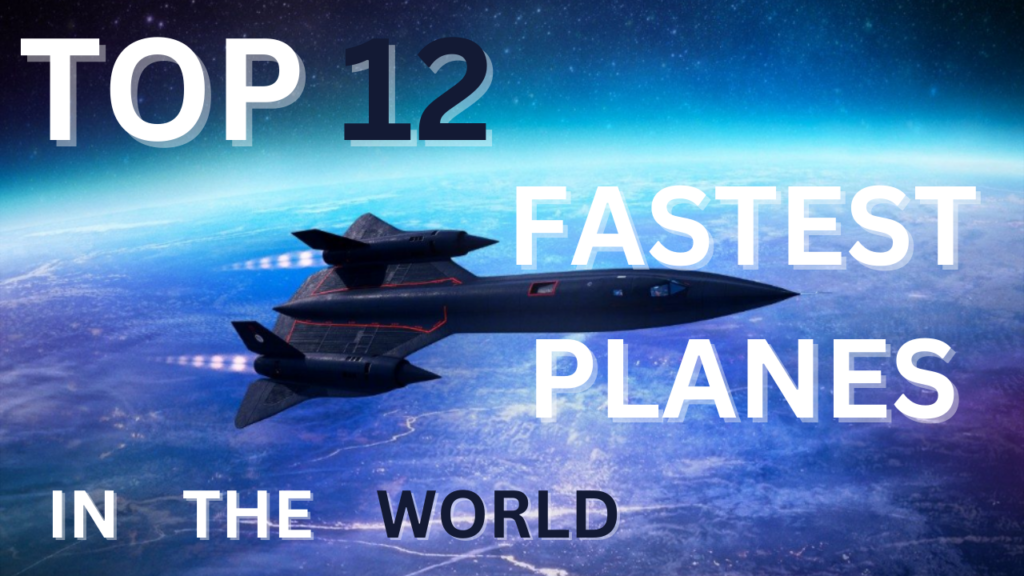
One of the most thrilling things to do on this planet has always been flying. Additionally, it is the world’s quickest form of transportation. People can travel in a matter of hours by using airplanes to fly between locations across different continents, nations, and oceans.
In the past, such vast distances were covered by ships on the water or by road trips over the course of days or weeks. There are now airplanes that take just minutes to get to their destination because of technological advancements.
We will showcase the top 12 fastest airplanes in the world in this article. These aircraft reach the maximum speeds possible, which no other kind of transportation can. Our ranking will be based on speed.
But before moving to the list, let’s first discuss –
What is Mach Speed?
When compared to the speed of sound, Mach numbers are relative. The speed of sound, or Mach 1.0, is 332m/s (1,195 kph or 717 mph). When an airplane or helicopter travels faster than the speed of sound, it breaks the so-called “sound barrier,” which often causes a sonic boom.
So, now let’s watch some jets break the sound barrier and create a sonic boom down the list.
Sukhoi SU-27 “Flanker”, Soviet Union
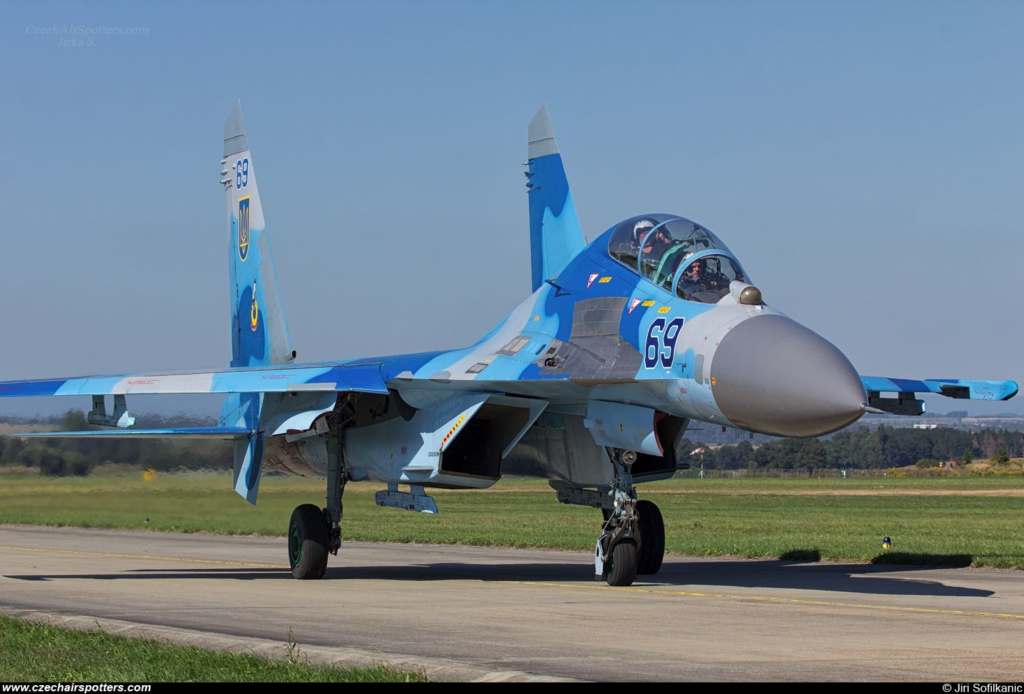
The Sukhoi SU-27, a twin-engine fighter jet developed by the Soviet Union in response to the American fourth-generation fighters, is still in use today. The SU-27s, often known as “Flankers,” are over 35 years old and have a top speed of 1600 mph (2.08 Mach).
The “Flanker” was built for extreme mobility and air superiority, enabling it to carry out a range of aerial operations. Numerous variations, like the Chinese Shenyang J-11, were created from the “Flanker” because of its popularity and all-around strength as a fighter jet.
McDonnell Douglas F-4 Phantom II, United States
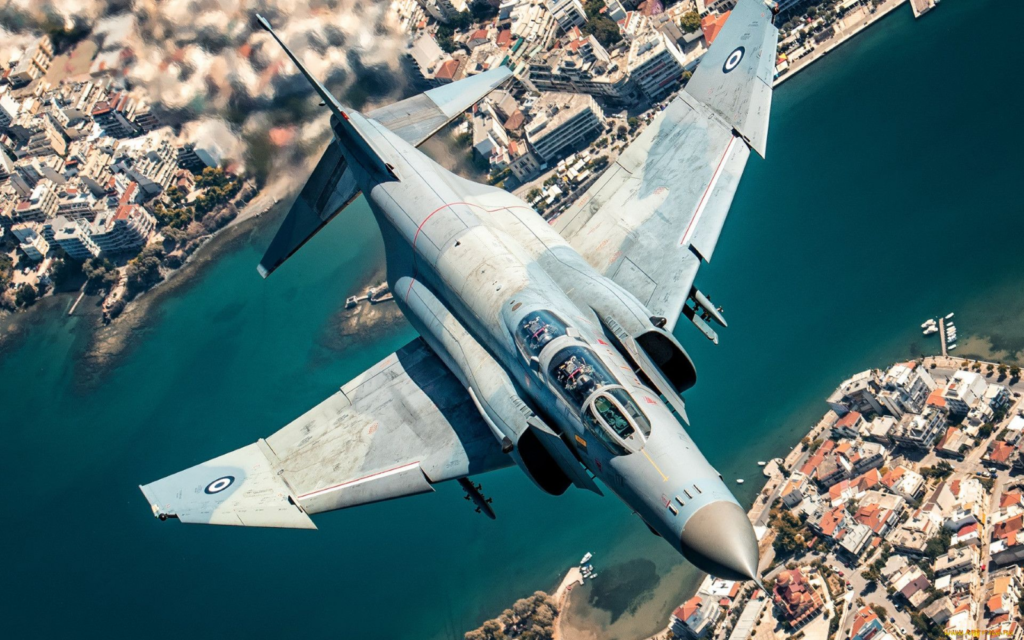
American tandem two-seat, twin-engine, all-weather, long-range supersonic jet interceptor and fighter-bomber, the McDonnell Douglas F-4 Phantom II was initially created by McDonnell Aircraft for the American Navy. It began service with the Navy in 1961 before being accepted by the United States Marine Corps and the United States Air Force, and by the middle of the 1960s, it had grown to be a significant part of their air arms, demonstrating its high adaptability.
Phantom manufacturing lasted from 1958 to 1981, and a total of 5,195 aircraft were produced during that time, making it the most American supersonic military aircraft ever created and solidifying its status as a Cold War icon.
Large fighter The Phantom has a peak speed of 1606 mph (Mach 2.093). It can carry a variety of bombs, air-to-ground missiles, and more than 18,000 lb (8,400 kg) of weaponry on nine external hardpoints.
The F-4 was originally created without an internal gun, just like other interceptors of the era. Later versions came equipped with an M61 Vulcan rotary gun. It established 15 in-flight performance world records starting in 1959, including marks for absolute speed and altitude.
F-111 Aardvark, United States

The General Dynamics F-111 Aardvark is a supersonic medium-range tactical aircraft that was first introduced in the late 1960s and is predominantly utilized as a fighter bomber or strategic bomber. It has a maximum speed of 1,650 mph (Mach 2.15).
No longer in use; the USAF has replaced it with the F-15E Strike Eagle for strike missions, and the B-1B Lancer now serves in that capacity for supersonic bombers. Many aviation innovations, like variable-sweep wings and after-burning turbofan engines, were first used by the F-111.
McDonnell Douglas F-15E Strike Eagle, United States

The McDonnell Douglas F-15E Strike Eagles can reach a top speed of 1650 mph (2.15 Mach). The long-range, high-speed bomb raids and air superiority were the two main goals of the American-made tactical bomber.
Since its introduction into service in 1976, the supersonic bomber has largely remained unchanged. It is regarded as one of the most successful aircraft the American military complex has ever produced. Additionally, the success is not just limited to the United States. Israel, Saudi Arabia, and South Korea are just a few of the nations that have made purchases.
Mikoyan Gurevich Ye-166, Soviet Union
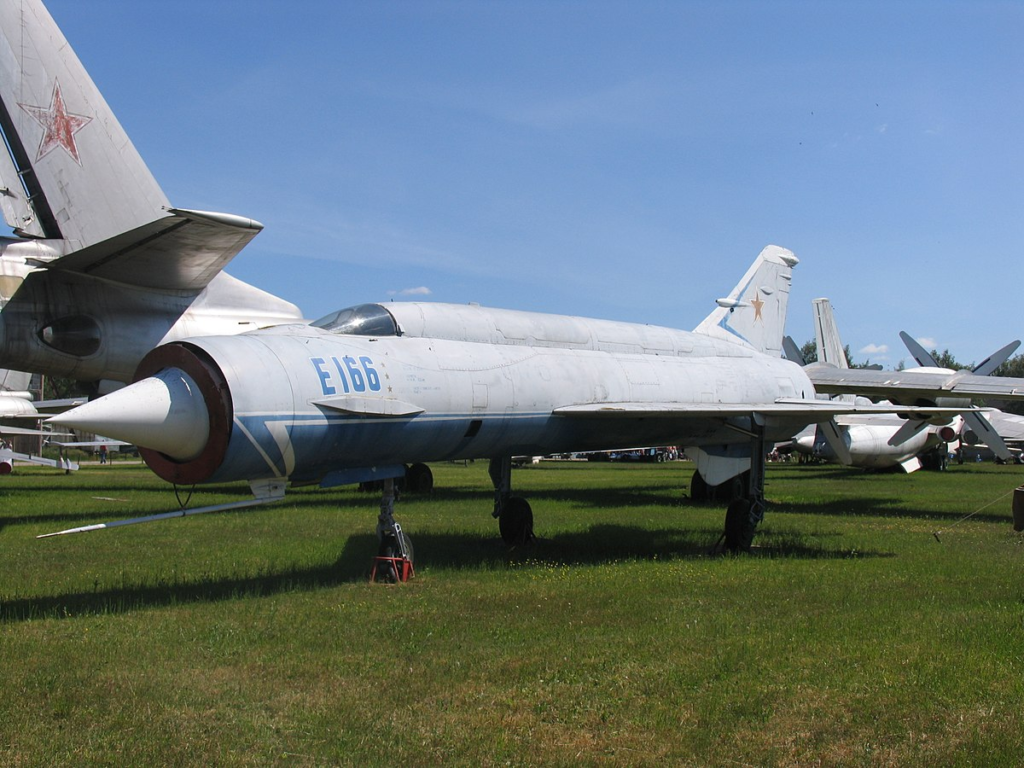
Due to the OKB’s focus on the Ye-155P (MiG-25P), the development of the Ye-152 series of interceptors was halted; nevertheless, the last prototype was finished for high-speed research as the Ye-152M with an R-15B-300 engine producing an afterburning thrust of 22,509 lb (10210 kg).
On 7 October 1961, the Ye-166 aircraft set an absolute speed record on a 100 km (62 mi) closed circuit of 1,616 mph (Mach 2.1), then on 7 July 1962, it set an absolute speed record of 1,665 mph (Mach 2.17).
Mikoyan MiG-31 “Foxhound”, Soviet Union
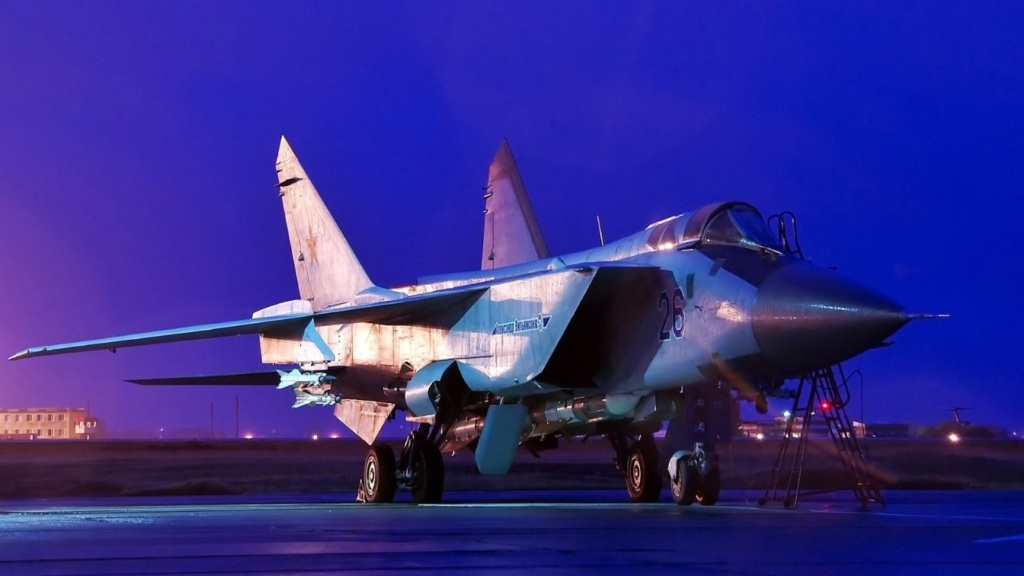
The MiG-31 “Foxhound,” another byproduct of the Cold War, outperformed its predecessors by giving up speed while maintaining maneuverability. The plane can reach 1900 mph (Mach 2.47), making it one of the fastest in the world.
The “Foxhound” was among the first aircraft to use radar systems to intercept stealth fighters in addition to its high speed. The Soviet Jet then gained the ability to launch long-range air-to-air missiles, a feat accomplished by only one other aircraft at the time.
XB-70 Valkyrie, United States
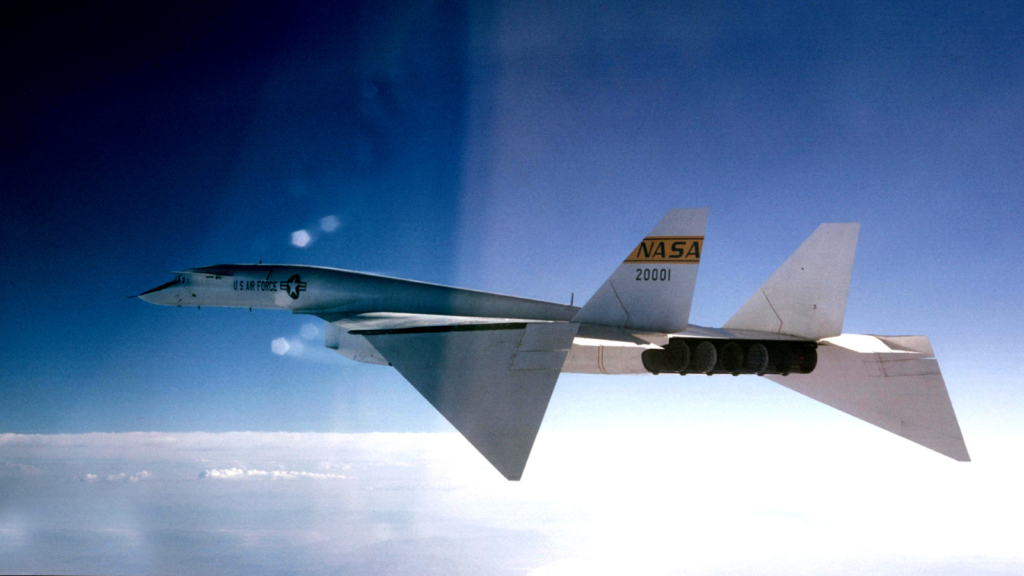
The North American XB-70 Valkyrie was a supersonic strategic bomber and the only bomber to ever travel at these speeds. It was developed as a prototype for the intended B-70 nuclear bomber. The XB-70, which was created in the late 1950s, could travel at a speed of 2,056 mph (Mach 2.67) while aloft at 21,000 m (70,000 ft).
The B-70 was thought to be immune to any interceptor aircraft at these speeds and altitudes because it would be too quick for any other aircraft to catch up to it and would be hard for radars to detect.
The XB-70, however, acquired a flaw as surface-to-air missile technology improved, prompting the USAF to begin testing it at lower altitudes. However, compared to the B-52, which it was intended to replace, the XB-70 did not significantly improve performance.
Bell X-2 Starbuster, United States

The Bell X-2 Starbuster was a research aircraft created in the 1940s and 1950s and was another rocket-wing design aircraft similar to the X-15. The primary goal of the X-2 was to investigate the ‘thermal thicket’ heating issue that was brought on by aerodynamic friction during flight characteristics in the Mach 2-3 region.
The Bell X-2 was created to deliver useful research faster and at higher altitudes than the Bell X-1. Three years later, the X-15 would enter development and significantly outperform the X-2 in terms of speed. It displayed a maximum speed of 2,094 mph (Mach 2.72).
Mikoyan-Gurevich MiG-25 “Foxbat” , Soviet Union
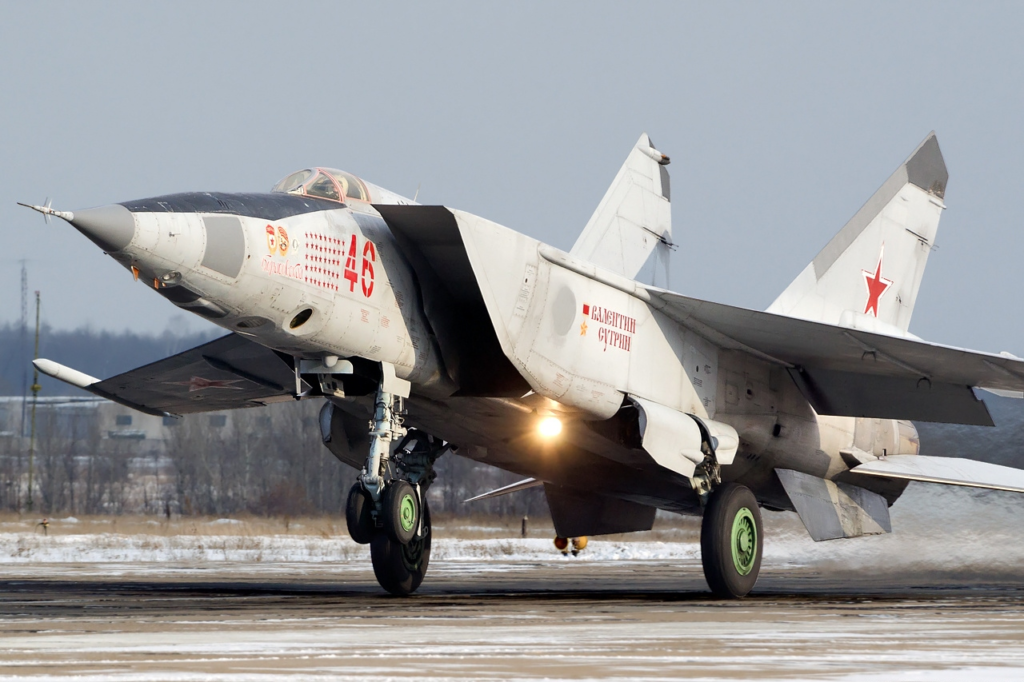
The MiG-25 “Foxbat” was the final aircraft ever created by Mikhail Gurevich, a Soviet super-engineer who worked with his company, Mikoyan-Gurevich, to create the majority of the Soviet Union’s aircraft during the Cold War. At 2,190 mph (Mach 2.85), the plane was among the fastest in the world at the time.
NATO and US military intelligence panicked when the “Foxbat” showed up because of the sight of the incredibly fast and maneuverable jet. The militaries of both sides immediately accelerated the development of their own jet designs and production to match the Soviets. One of the fastest jets ever continuously produced is still the MiG-25.
Lockheed YF-12, United States
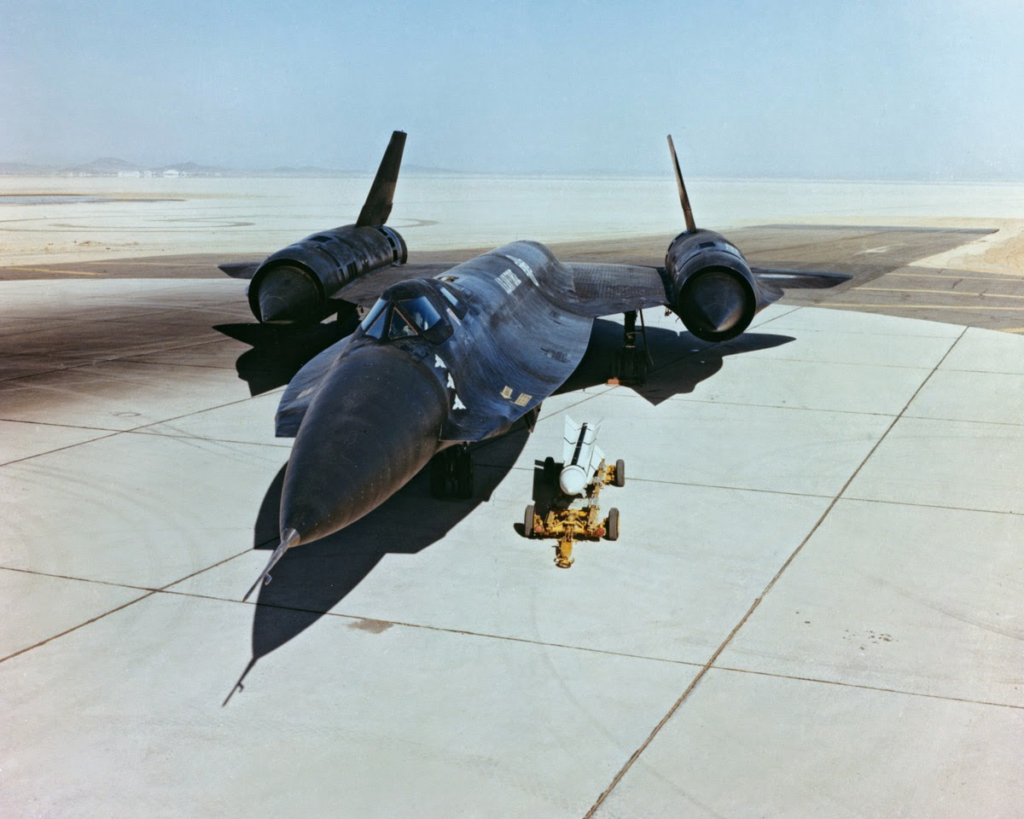
The SR-71 Blackbird’s prototype and precursor was the Lockheed YF-12. Three YF-12s were built as prototype interceptor planes in the late 1960s to replace the F-106 Delta Dart interceptor once development got underway. It displayed a top speed of 2274 mph (Mach 2.96).
The USAF was allocating resources at the time of development to the Vietnam War and other military objectives. The YF-12 was retired by the USAF and eventually served as a NASA research aircraft before serving as the prototype for the SR-71, which later entered production and was used by the USAF.
Lockheed SR-71 Blackbird, United States
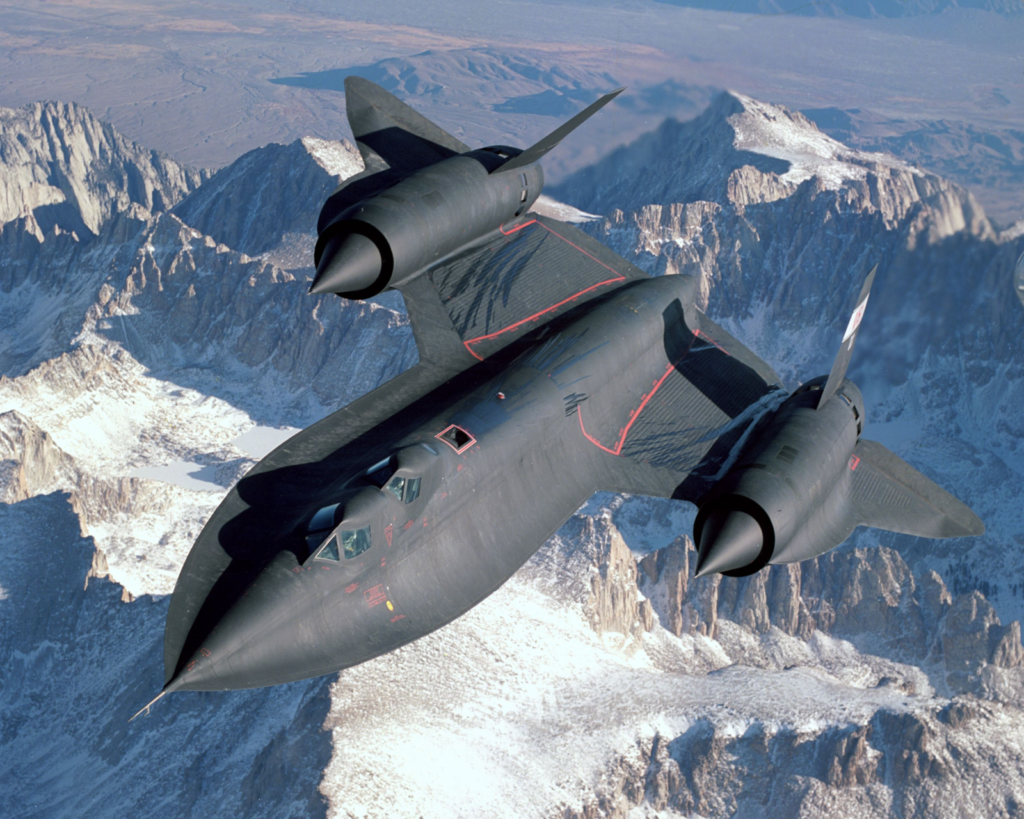
The Lockheed SR-71 Blackbird, which was jointly developed by NASA and the U.S. Air Force, is the fastest air-breathing manned aircraft, reaching a top speed of 2500 mph (Mach 3.25). The Blackbird was designed as a reconnaissance aircraft, and its primary function is intelligence gathering.
The aircraft lacks the stealth features of other American aircraft in the fleet and does not even carry any weapons. Instead, outrunning the weapons is the best defense against surface-to-air missiles and other forms of attacks, something the SR-71 is more than capable of performing.
North American X-15, United States

As the fastest aircraft ever built, the North American x-15 is classified as hypersonic rather than supersonic since it can travel faster than five times the speed of sound. It still holds the record for the fastest manned aircraft, with the majority of later aircraft not even coming close. Its peak speed is 4520 mph (6.7 Mach).
The plane had to be dropped from another aircraft because its tail fin prevented it from taking off at slow speeds. Prior to being retired, the aircraft was primarily utilized for research flights, but it nevertheless achieved a record for speed that hasn’t been surpassed in any way.
No comments:
Post a Comment